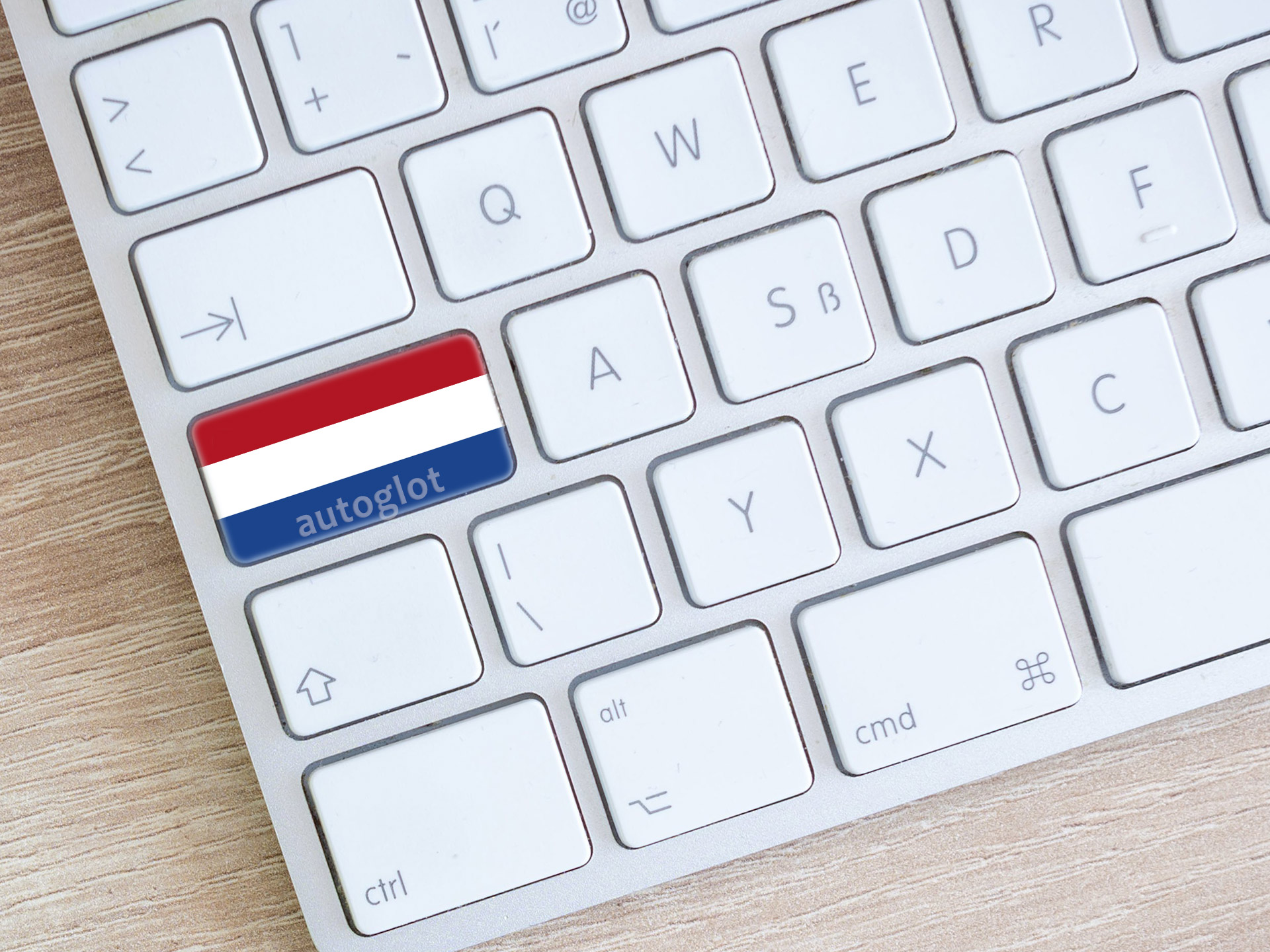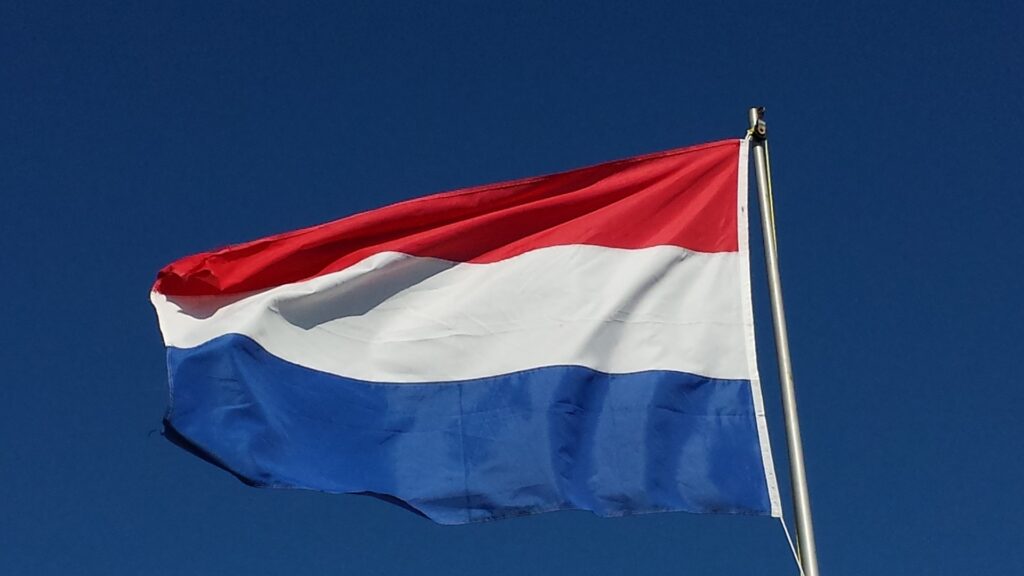
As businesses strive to reach a wider audience, the benefits of offering content in multiple languages have become increasingly evident. One language that holds significant importance in this context is Dutch.
Talking to the Dutch audience opens up new opportunities, making it essential for website owners to translate WordPress sites into Dutch.
Benefits of Multilingual Websites and Importance of Translation to Dutch
Multilingual websites serve as powerful tools for expanding your online presence and connecting with diverse audiences. The ability to communicate with users in their native language enhances user experience, fosters trust, and establishes a sense of inclusivity. When it comes to the Dutch-speaking audience, extending your website’s reach to this demographic can lead to increased visibility and customer acquisition.
Translation plays a pivotal role in breaking down language barriers, making your content accessible to a broader spectrum of users. For businesses targeting Dutch-speaking markets, providing information, products, and services in Dutch is not just a courtesy but a strategic move.
It demonstrates a commitment to understanding and respecting the linguistic and cultural nuances of the audience, ultimately contributing to a more meaningful connection between the brand and its users.
This article will review the specifics of the Dutch language, its structure, vocabulary, and grammar, exploring the demographics of Dutch-speaking populations worldwide. Additionally, it’s important to discuss the prevalence of Dutch on the internet and why having a Dutch version of your website is paramount. Finally, this article will review the significance of effective translation methods, culminating in a step-by-step guide on how to seamlessly translate your WordPress site into Dutch.
Dutch Language: An Overview of the Dutch Linguistics
The Dutch language, known locally as “Nederlands,” stands as a linguistic gem with a rich history and cultural significance. To embark on the journey of translating your WordPress site into Dutch, it’s essential to grasp the basics of this West Germanic language.

Basic Information about Dutch Language
Dutch is the official language of the Netherlands and Belgium, with approximately 23 million native speakers. It is also spoken in parts of Suriname, Aruba, Curaçao, and Sint Maarten. As a member of the Germanic language family, Dutch shares similarities with German and English, making it accessible for speakers of these languages.
History of Dutch Language
The roots of Dutch can be traced back to the early medieval period, evolving from the Low Franconian dialects spoken in the region. Over the centuries, Dutch underwent various influences, including Latin and French, shaping its vocabulary and grammar. The standardization of the language took place during the 16th century, with the publication of the Statenvertaling, a Dutch Bible translation.
Structure, Vocabulary, and Grammar of Dutch
Dutch employs the Latin alphabet with additional characters such as ‘ij’ and ‘ë.’ The language follows a subject-verb-object (SVO) word order, and its grammatical structure includes features like gendered nouns and conjugated verbs. While Dutch shares cognates with English, learners may find distinctions in pronunciation and vocabulary.
How Easy is it to Learn, Speak, and Understand Dutch?
For English speakers, Dutch is considered relatively accessible due to shared linguistic roots. The presence of cognates and a straightforward grammatical structure contribute to a smoother learning experience. Additionally, the Dutch are known for their proficiency in English, providing a supportive environment for language learners.
Dutch-speaking People: A Global Community Connected by Language
Understanding the Dutch language extends beyond its linguistic intricacies; it involves delving into the diverse communities of Dutch speakers scattered across the globe. Let’s explore the population that speaks Dutch, the countries where Dutch holds official status, and the nations where Dutch is a prevalent means of communication.

Population that Speaks Dutch
Approximately 23 million people consider Dutch as their mother tongue. While this figure may seem modest compared to some global languages, the impact of Dutch reaches far beyond its native speakers. Dutch is widely spoken as a second language, particularly in regions with historical ties to the Netherlands.
Dutch-speaking Countries
The Netherlands and Belgium stand as the primary Dutch-speaking countries, with Dutch being the official language in both nations. In Belgium, Dutch shares official status with French and German, reflecting the linguistic diversity within the country. Additionally, Dutch is spoken in the Caribbean territories of Aruba, Curaçao, Sint Maarten, and Suriname, forming pockets of Dutch linguistic influence in unexpected corners of the world.
Countries Where Dutch is an Official Language
Dutch holds official language status in the Kingdom of the Netherlands and the Kingdom of Belgium. In these nations, Dutch is used in government, education, and administration, solidifying its role as a unifying linguistic force.
Countries Where People Speak Dutch
Beyond the borders of the Netherlands and Belgium, Dutch maintains a presence in Suriname, where it is one of the official languages. The Dutch influence in the Caribbean, particularly in Aruba, Curaçao, and Sint Maarten, has resulted in a significant number of Dutch speakers in these territories.
As you consider translating your WordPress site into Dutch, recognizing the widespread reach of Dutch-speaking communities becomes imperative.
Source
Dutch on the Internet: Navigating the Digital Dutch Landscape
In an era dominated by digital connectivity, the influence of languages extends beyond physical borders. Dutch, with its unique linguistic charm, has carved a notable space for itself on the internet. Understanding the digital presence of Dutch is crucial for website owners seeking to broaden their online reach.

Here is how widespread Dutch is on the internet and why having a Dutch version of your website is paramount.
How Widespread is Dutch on the Internet?
Dutch maintains a robust presence in the online realm. While English remains a dominant language on the internet, Dutch holds a respectable position, especially in regions where it serves as a primary or secondary language. Dutch-language websites cover a diverse range of topics, from news and entertainment to e-commerce and education.
Why Have a Dutch Version of Your Website?
Expanding your website to accommodate Dutch speakers is not just a matter of linguistic diversity; it’s a strategic move to tap into a substantial online audience. The Netherlands and Belgium boast high internet penetration rates, making Dutch an influential language in the digital landscape. Offering a Dutch version of your website enhances accessibility and engagement, fostering a connection with Dutch-speaking users who prefer content in their native language.
The Significance of Multilingual Websites in the Dutch Context
Multilingualism is deeply ingrained in Dutch society, where many individuals are proficient in multiple languages, including English. However, presenting information in Dutch adds a personal touch and demonstrates a commitment to meeting the preferences of the audience. It contributes to a positive user experience and positions your website as culturally aware and inclusive.
How to Translate a WordPress Site to Dutch: Navigating Translation Strategies
As the demand for multilingual websites continues to rise, the need for effective translation methods becomes paramount. When targeting Dutch-speaking audiences, ensuring a seamless translation of your WordPress site into Dutch is crucial. In this section, we will review major ways of translating WordPress sites to Dutch and shine a spotlight on the Autoglot WordPress translation plugin as a powerful tool for automated translation.
Major Ways of Translating WordPress Sites to Dutch:
- Manual Translation: Traditional manual translation involves human translators meticulously translating each page and content element into Dutch. While ensuring accuracy, this method can be time-consuming, labor-intensive, and may require ongoing efforts for updates and new content.
- Machine Translation: Machine translation utilizes artificial intelligence to automatically translate content. While faster than manual translation, it may lack the nuanced understanding of context and cultural intricacies. Popular machine translation services include Google Translate and Microsoft Translator.
- Combination of Manual and Machine Translation: A hybrid approach involves using machine translation as a starting point and then refining the content with manual review and editing. This strikes a balance between efficiency and accuracy.
Autoglot WordPress Translation Plugin: A Game-Changer in Automated Translation
Introducing Autoglot, a cutting-edge WordPress translation plugin designed to streamline the translation process. Autoglot stands out as a game-changer, offering automatic translation capabilities that save time and effort for website owners.
Here’s why Autoglot shines in translating WordPress sites to Dutch:
- Accuracy: Autoglot leverages advanced machine translation algorithms to provide accurate translations that capture the essence of the original content.
- Efficiency: With Autoglot, the translation process is automated, significantly reducing the time and resources required for manual or hybrid approaches.
- Ease of Use: The plugin is user-friendly, allowing WordPress site owners to effortlessly translate their content into Dutch with just a few clicks.
- Continuous Updates: Autoglot ensures that your Dutch content stays up-to-date by automatically adapting to changes and additions on your website.
Step-by-Step Guide to Translating a WordPress Site to Dutch with Autoglot
Embarking on the translation journey for your WordPress site to Dutch is now made effortless with the Autoglot WordPress translation plugin. Follow this step-by-step guide to seamlessly integrate Dutch into your website and engage with a broader audience.
Step 1: Plugin Installation and Activation
- Begin by installing the Autoglot WordPress translation plugin from the WordPress Plugin Directory.
- Navigate to your WordPress dashboard, select “Plugins,” click on “Add New,” and search for “Autoglot.”
- Install and activate the plugin to initiate the translation process.
You may also download Autoglot directly from the official WordPress plugins repository.
Source
Step 2: Registration in Autoglot Control Panel
- Upon activation, navigate to the Autoglot Control Panel. If you don’t have an account, sign up for one.
- Registration is a straightforward process that grants you access to the translation services provided by Autoglot.
Autoglot Control Panel lets you control your translation expenses, track usage and order new translation packages.
Source
Step 3: Plugin Configuration
- In your WordPress dashboard, go to the Autoglot settings.
- Configure the plugin by entering your Autoglot credentials obtained during the registration process.
- This step establishes a secure connection between your WordPress site and the Autoglot translation service.
Step 4: Choosing Dutch Among Languages
- Once configured, navigate to the language settings within the Autoglot plugin.
- Select Dutch as the target language for translation.
- Autoglot supports a wide array of languages, ensuring a tailored translation experience for your Dutch-speaking audience.
Step 5: Checking the Results of Automatic Translation
- With Dutch selected as the target language, proceed to review the automatic translation of your WordPress site.
- Autoglot’s advanced algorithms ensure accurate and contextually relevant translations.
- Thoroughly inspect the translated content to ensure it aligns with your website’s tone and message.
By following these steps, you’ve successfully translated your WordPress site into Dutch, making it accessible to a broader Dutch-speaking audience. Autoglot’s automated approach not only saves time but also guarantees consistent and high-quality translations.
Source
Additional Step: Review and Refine Translations
- While the process of translating a WordPress site to Dutch brings numerous benefits, challenges may arise in capturing cultural nuances and context.
- It’s essential to periodically review and refine translations to maintain accuracy and relevance.
Conclusion: Embracing Opportunities with Autoglot WordPress Translation Plugin
In the dynamic landscape of digital communication, the decision to translate your WordPress site into Dutch is not merely an option but a strategic imperative. Let’s reflect on the challenges and benefits while emphasizing the transformative role of the Autoglot WordPress translation plugin.
Challenges and Benefits of Translating WordPress Sites to Dutch
Challenges:
- Cultural Nuances: Ensuring translations capture cultural nuances and idioms can pose a challenge, requiring periodic reviews for accuracy.
- Contextual Relevance: Adapting content to align with the cultural context of Dutch-speaking audiences demands attention to detail.
Benefits:
- Wider Reach: A Dutch version of your website exponentially broadens your reach, tapping into a sizable Dutch-speaking audience across various regions.
- Enhanced User Experience: Offering content in the user’s native language fosters a positive user experience, increasing engagement and trust.
- Global Visibility: Positioning your website in Dutch opens doors to international markets, establishing your brand on a global scale.
Autoglot as Your Translation Companion
In the world of WordPress translation plugins, Autoglot stands out as a reliable companion for website owners seeking efficiency, accuracy, and ease of use. The automatic translation capabilities of Autoglot not only save valuable time but also provide consistently high-quality translations, ensuring your message resonates authentically with Dutch-speaking audiences.
Consider Autoglot as your go-to solution for seamlessly translating your WordPress site into Dutch. Its user-friendly interface, continuous updates, and commitment to accuracy make it a powerful asset in breaking down language barriers and connecting with diverse online communities.
Embrace the opportunities that multilingualism brings, and with Autoglot, embark on a journey of global engagement. Translate your WordPress site into Dutch effortlessly, and witness the transformative impact it has on your online presence, user satisfaction, and the growth of your digital footprint. In the ever-expanding digital frontier, let Autoglot be your guide to unlocking new horizons and fostering meaningful connections with Dutch-speaking audiences worldwide.



